Shah Family Global Innovation Lab announces 4 seed grants, 1 travel grant
The core of the Shah Lab’s work is to utilize Purdue’s R&D and innovation strength to help create solutions to the bottleneck challenges of social sector organizations. Being true to that vision, the process began with inviting problem statements from non-profit organizations across multiple countries. The lab received 38 statements from 12 organizations working in Nepal, Ethiopia, Kenya, India, Myanmar, Bangladesh, Haiti, Zimbabwe and Laos.
In the final stage of the selection process, finalists presented their solution proposals in front of a judges’ panel that included Purdue faculty and staff from the Colleges of Engineering, Agriculture, and Pharmacy, Discovery Park, Purdue Foundry, Purdue Research Foundation and the Honors College. The judging panel also included representatives of the non-profit organizations.
“This process of collecting bottleneck challenges from the field and building solution proposals collaboratively with the partner organizations was designed with relevance and scale in mind. The knowledge, perspective and inputs from partner organizations not only helps us understand the problem better, but also supports in designing solutions that are relevant, scalable and sustainable,” said Pallavi Gupta, assistant director of programs at Shah Family Global Innovation Lab.
2020 Shah Family Global Innovation Lab Seed Grant Winners:
Sensor technologies for real-time monitoring of mosquito populations through heat maps in India

Team: Bryan C. Pijanowski, PI, professor of landscape and soundscape ecology, and Kristen Bellisario, co-PI and post-doc research associate in forestry and natural resources, both in the College of Agriculture. Their partnership is with Ajit Rangnekar from the Research and Innovation Circle of Hyderabad (RICH) of the Government of Telangana, India, and Marut Dronetech.
About the project: Incidents of malaria (151 hot spots) and dengue (183 hot spots) has been increasing at an alarming rate in Hyderabad and across other cities in India. The mosquito population has to be monitored continuously, and the current practice of using aspirators does not allow researchers to monitor adult mosquitoes precisely and is highly laborious, resulting in a high chance of disease transmission among entomologists. The hardware and software platforms for this project will allow decision-makers and drone response teams more effective means in their mitigation of these disease carriers.
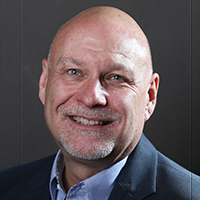
Rangnekar: “The project is envisaged to develop a sensor-based real-time monitoring device that can work with minimal human intervention. This device can be deployed across all the major cities in India and will help in reducing disease spread, first among health workers involved in mosquito control activities, and then across the population. Real-time data received from the devices can be used by the Greater Hyderabad Municipal Corporation (GHMC) to formulate high-impact vector control programs. Such hyperlocal mosquito control programs can reduce the overall expenditure made by the municipal corporation. Data from these devices can also help in reducing the rate of indiscriminate use of pesticides at all the disease hot spots. RICH will be implementing the Comprehensive Vector Control Project in the lakes of Hyderabad, under the City Knowledge and Innovation Cluster project to be funded by the Office of the Principle Scientific Advisor Government of India. The consortium will work with the Shah Lab for future funding from the Bill and Melinda Gates Foundation, the NSF CISE Developing an Acoustic Information Systems ($5 million proposal submitted), and RICH would obtain funding (INR 54.5 million; USD 778,571) to implement the solution in the additional lakes in the city of Hyderabad.”
GirlEngage Program in Zimbabwe

Team: Jennifer DeBoer, PI, Engineering Education assistant professor; Dhinesh Radhakrishnan, co-PI and research assistant in the DeBoer Lab; and Molly Fitzgerald from Plan International USA (Plan).
About the project: The immediate goals are to build a water recycling system at the two girls’ schools in Zimbabwe and to promote the girls’ learning through the participatory engineering design process in the Localized Engineering in Displacement Curriculum. The long-term goals include building a productive partnership between Purdue and Plan as well as laying the groundwork for long-term sustainable leadership by the girls who learn through the curriculum to expand the impact of their expertise to other schools in the area. The elements of this project are built on the earlier work by DeBoer that was funded by the Shah Lab.

Fitzgerald: “This is important for us because it enables us to create a meaningful partnership with Purdue, to leverage the engineering technical capability, and to co-design solutions in partnership with communities affected by these challenges. The diverse skills and perspectives that we bring add value to the innovation. I hope that the girls involved will be inspired and will feel more confident in pursuit of their life goals.”
Desalination of water in arid and semi-arid areas in Kenya
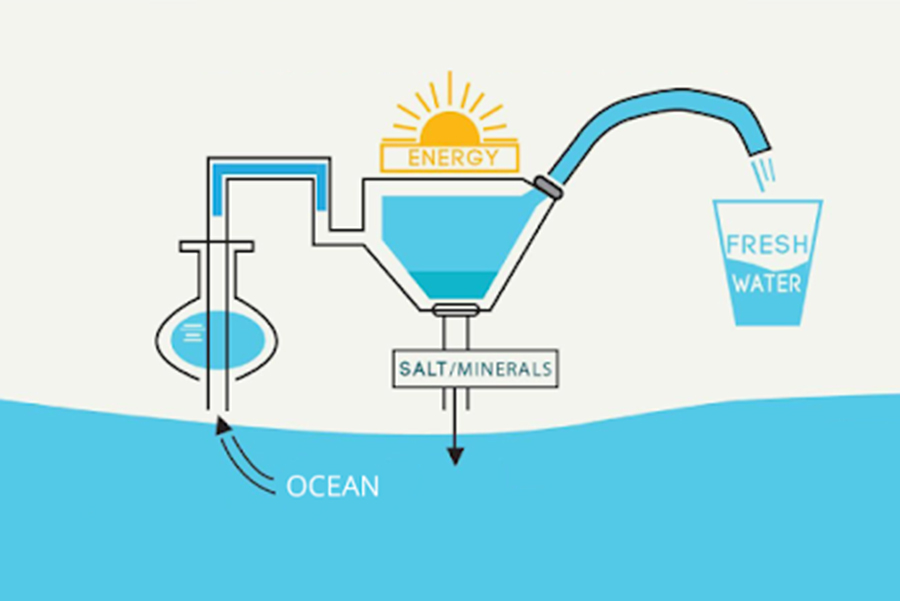
Team: David Warsinger, PI, Mechanical Engineering assistant professor; NyoTonglo Arowo and Abraham Chirchir from Moi University; and Harun Ringera from World Concern.
About the project: The arid regions in Kenya and neighboring countries have a desperate water challenge: The surface waters are too pathogen-ridden to drink, and the groundwater is so saline it causes disease for the heart, kidneys and more. Government officials keep closing these dangerous wells, resulting in water refugees who move to seek water and very long collection travel distances for water collectors, typically women. The team is developing understanding and providing training on how to treat groundwater in regions like this to make it safe for human consumption, have maximum water utility, and be environmentally friendly. The partnership with the local Moi University, and nonprofit World Concern Kenya, will work with local students and communities to identify water use types (e.g. specific livestock) and collect and test the salinity of samples. Team members aim to develop a framework for implementing low-cost ultra-efficient reverse osmosis on groundwaters that consider the local specific salt concentrations, livestock, crops and other uses.
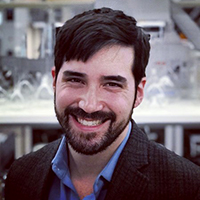
Ringera: “Water sources in these regions are water pans, seasonal rivers and shallow wells, which are limited in number and eventually dry up. Salinity and sodicity problems are common in ASAL (Arid and Semi-Arid Land) areas. Salinity also seriously limits the possibility of drilling boreholes. Availability of such a technology will encourage our partners/donors to support drilling of more boreholes, resulting in reduced migration as people move in search of water. Some of the key impact that we hope to achieve through the technology created via this partnership will be in the areas of improved health due to reduction of water-borne diseases, impactful development programing as a result of low migration, and reduced gender violence, as water collection is typically done by girls and women, creating a risk to their wellbeing as the water sources may be far. Further, access to safe water will encourage people to venture into productive economic activities like agriculture and reduce migration so that local inhabitants start business activities that will increase household income.”
Affordable water meter at scale in India

Team: Guillermo Paniagua, PI, Mechanical Engineering professor and Aeronautics and Astronautics professor (by courtesy); Lakshya Bhatnagar, co-PI and graduate student in Mechanical Engineering; Shivani Sood from WaterAid.
About the project: The goal is to develop a water metering device inspired from the Paniagua team’s 25 years of experience performing precise aerodynamic measurements for aerospace and energy applications. The meter will be simple, low-cost, and efficient compared to what is currently available in the open market. The steps in this include sample manufacturing, field testing after adequate sample installation, data capture and analysis, accreditation from relevant government bodies and advocacy with different levels of government. The grant money will assist with costs involved in management, travel to project locations for monitoring, advocacy meetings and community mobilization for household adoption of the prototype for pilot testing.
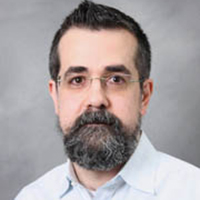
Sood: “During the large-scale expansion of ‘piped drinking water supply for all by 2024’ as part of the Jal Jeevan Mission (JJM), Functional Household Tap Connection (FHTC) is being planned to ensure water availability in each household. Providing water to each household could be done in a sustainable manner only if the consumption is regulated and tariffs are linked to volumetric usage. Additionally, the ‘pricing’ of water is important in creating incentives for its judicious use and to ensure adequate operation and maintenance. This also will help in understanding the levels of non-revenue water. Meters are a step toward reinforcing the principle of pricing by creating a rational basis for tracking consumption. For all these reasons, this partnership with Purdue is important so that a critically required but largely unavailable metering solution can be developed to ensure water availability and rationalization for disadvantaged populations across India who face water scarcity. If even a small percentage of water connections are fitted with such a meter, that by itself will be a huge change. Adoption of this water meter product could also influence and aid the small manufacturing units in the villages who can develop, maintain and help increase water usage and availability. If the project succeeds, this will be a leap forward in attaining sustainable water access.”
2020 Travel Grant Award:
An intelligent early warning system for crop diseases in rice cropping in India
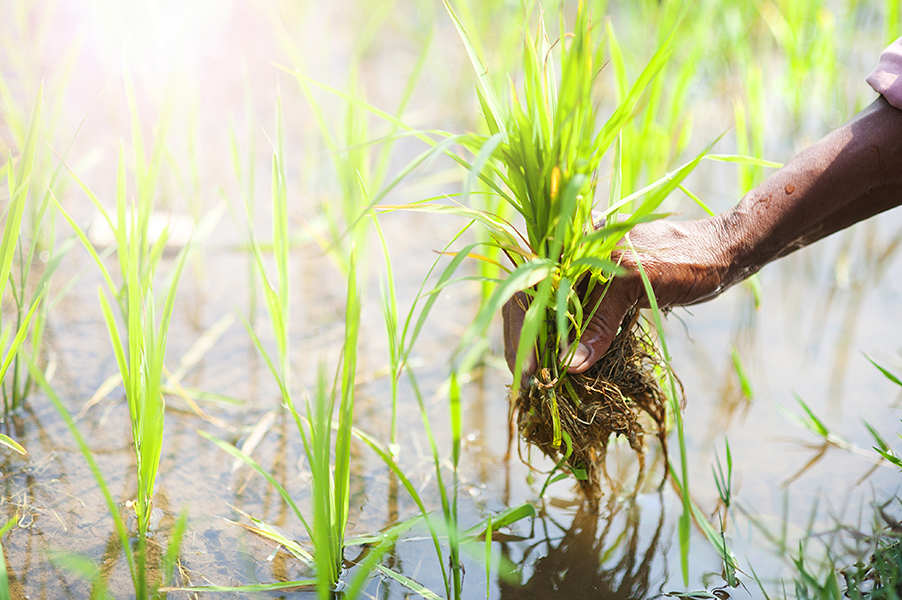
Recipients: Dharmendra Saraswat, Agricultural and Biological Engineering associate professor, in partnership with Sanjaya K. Das, dean of the College of Agriculture and Technology at Odisha University (OUAT)/National Rice Research Institute (NRRI)/Odisha Department of Agriculture and Farmer’s Welfare (ODAFW).
About the grant: Funding will support organizing a brainstorming workshop on the topic “Machine learning for rice disease monitoring and management.” The recommendations of the workshop will be used toward developing a research proposal that will be submitted for funding considerations to federal funding agencies in India as well as to international agencies.
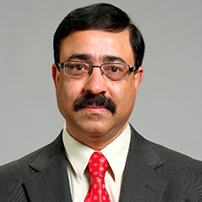
Das:“We are excited to collaborate with Dr. Saraswat's Digital Agriculture Discovery (DAD) laboratory and trust that the travel grant allows him to interact with a variety of stakeholders in the state of Odisha and visit farmers’ fields to become familiar with rice production practices and challenges in the state. We are expecting to develop a technology-based solution for rice farmers to warn them about diseases considering unique Indian production conditions. We are planning to organize brainstorming sessions on early warning technological solutions for crop disease forecasting and use the recommendations for developing a research proposal for funding considerations by the national/international funding agencies. Dr. Saraswat has been a regular contributor to technical discussions on the use of advanced technologies in agriculture during the Indian Society of Agricultural Engineers (ISAE) annual conventions, and we look forward to his visit for developing close ties with Purdue University/Shah Lab and eventually extending collaborative activities for the benefit of students, staff and faculty at OUAT.”
